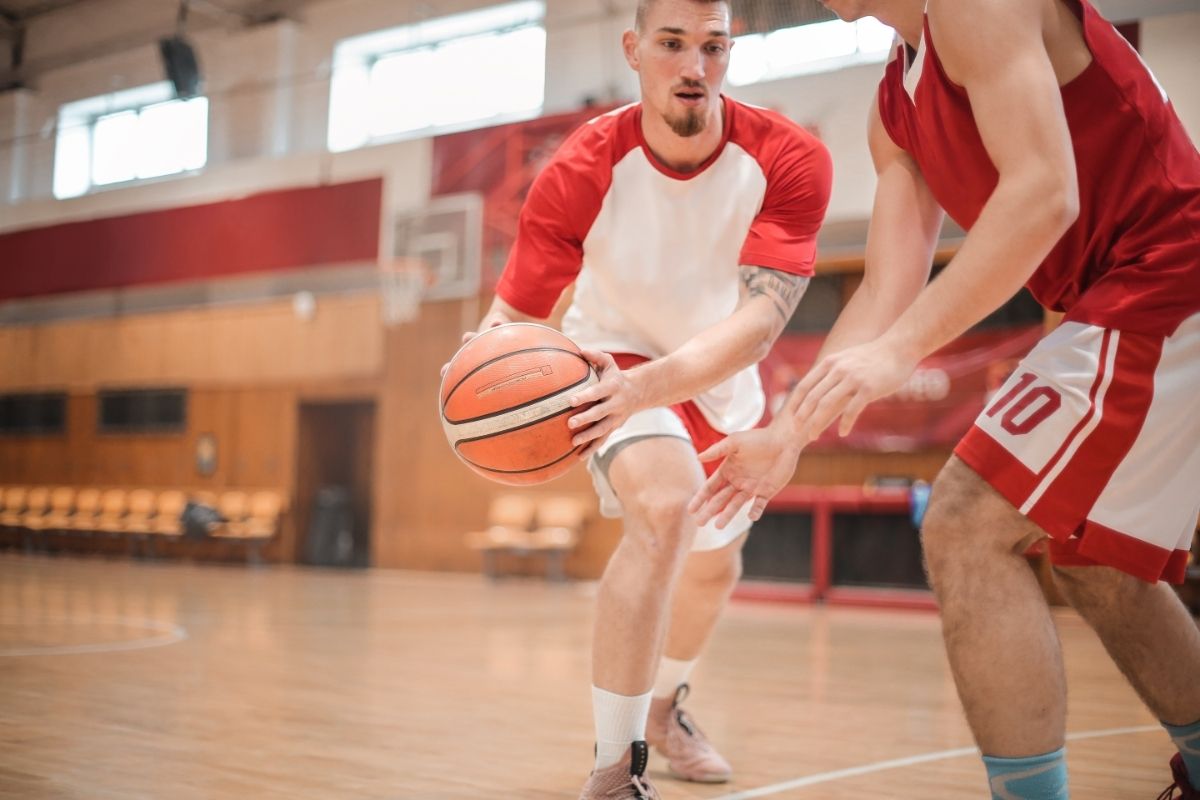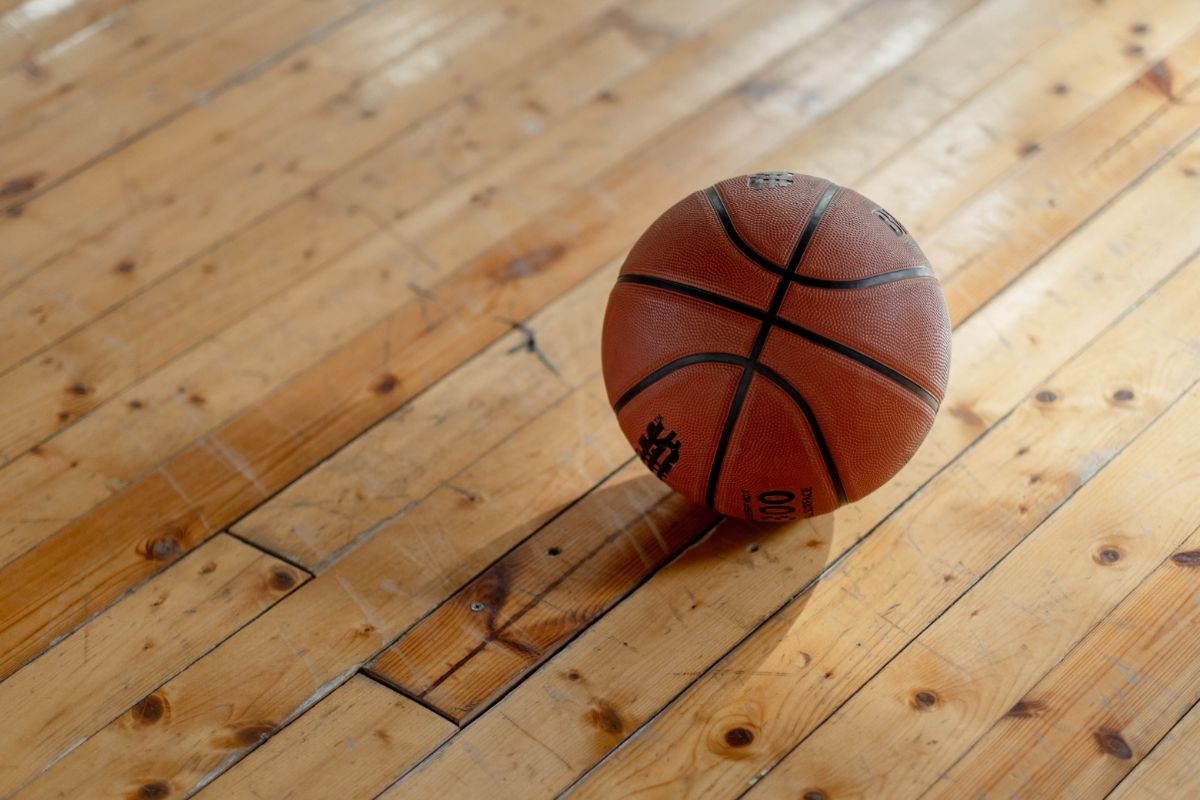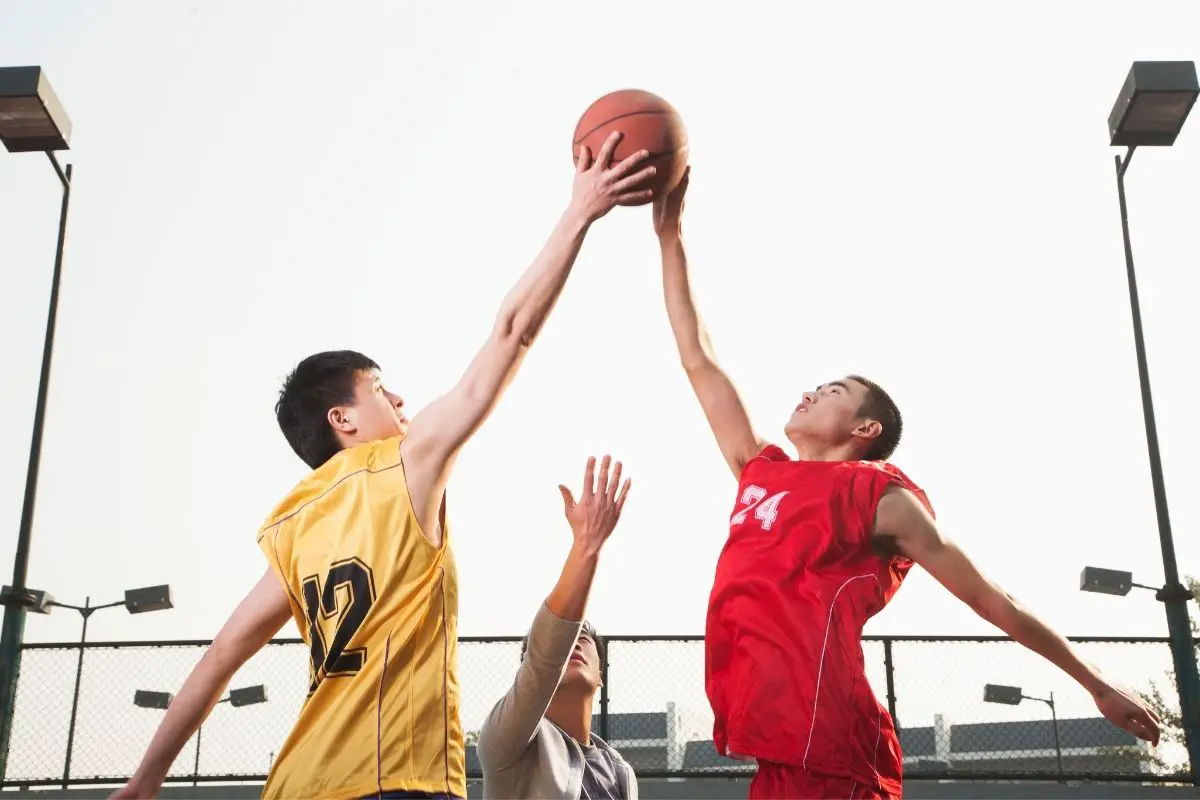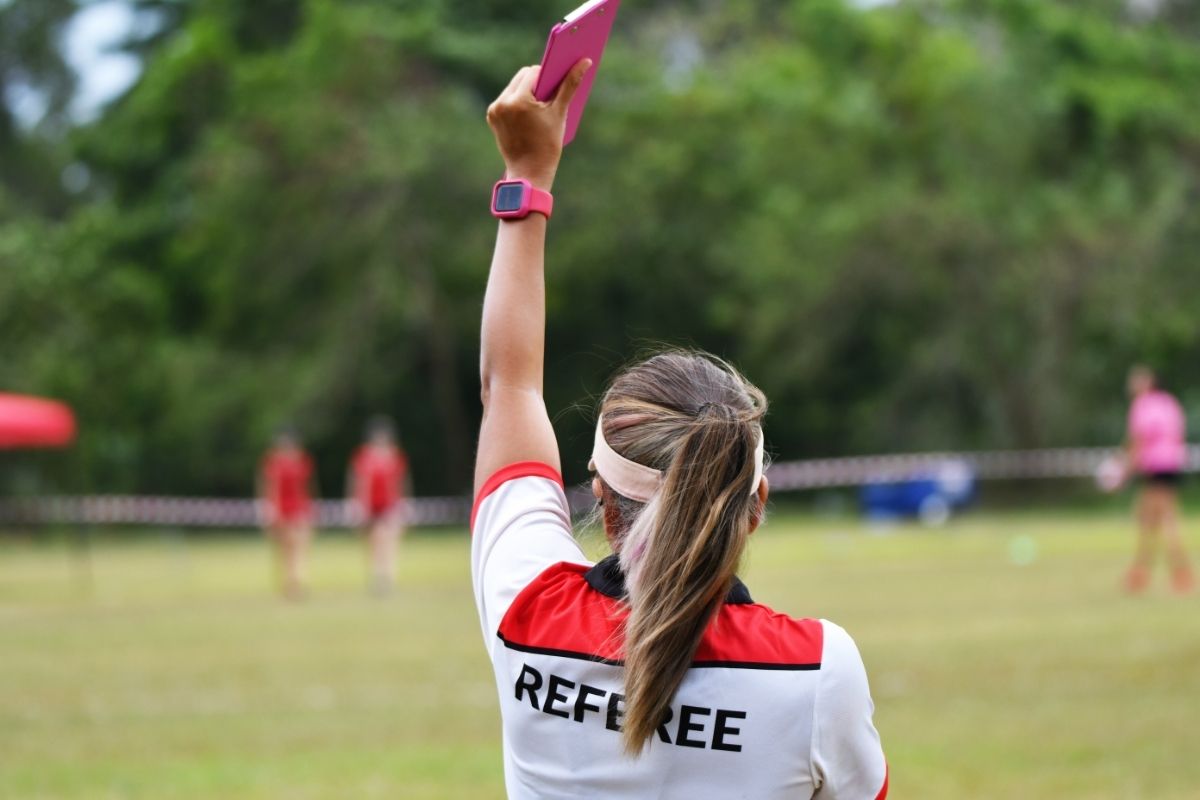One of the biggest rules in basketball is traveling. This is when a player takes too many steps while in possession of the basketball without dribbling it.
The traveling rule is strict, and breaking it will immediately pass possession of the ball to the other team. But just how many steps can you take before dribbling in basketball? Let’s find out!
In this handy guide, we’ll break down everything there is to know about traveling in basketball, from whether you can take two steps before dribbling to how far you can actually go without dribbling in basketball.
So let’s jump right into it!
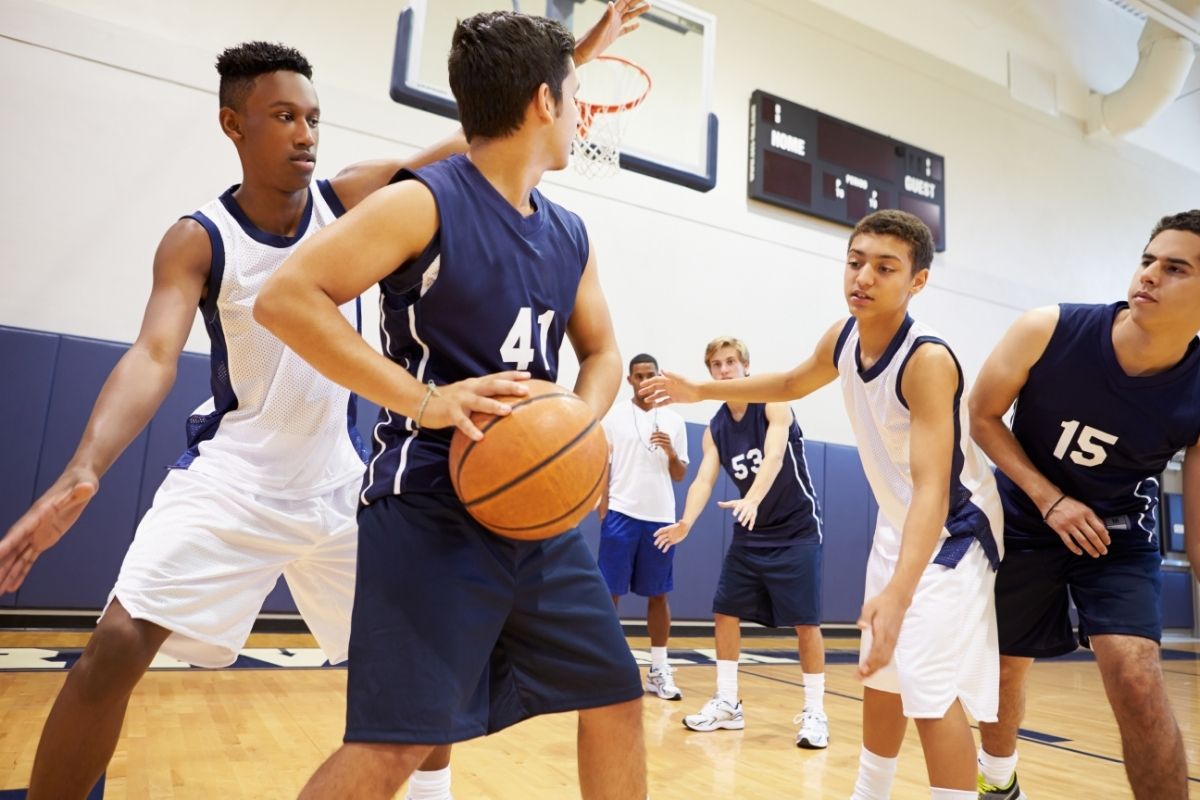

How Many Steps Can You Take Before Dribbling In Basketball?
First things first – can you take two steps before dribbling in basketball? In order to answer that, we’ll need to take a look at the rules surrounding movement in basketball.
The most freely a player can move in possession of the basketball is with dribbling. This is the fundamental skill in a basketball player’s toolkit, and involves simply using one hand to bounce the ball against the court.
While dribbling, a player is able to gain a lot of ground over the court, set up a shooting opportunity, or move away from an opposing player.
However, a player is only able to move this freely while dribbling, and they have to stop moving once they hold the ball (eg. in order to shoot or pass the ball).
In basketball, you can’t start dribbling after you stop. This means that you have to be strategic with your movement and gain as much distance as possible. However, once a player gets the ball they are limited in their movement options.
If a player is standing still when they receive the basketball, then they can take one step before dribbling. The foot that doesn’t take the step is the pivot foot, and the player must start dribbling before their pivot foot leaves the ground.
Things are a bit different if the player is already moving when they receive the basketball. In this case, they can take up to two steps to come to a stop before shooting or passing.
Before they start dribbling, the player must release the ball for its first bounce before they can take their second step.
If a player receives the ball in the air, then the first foot that makes contact with the ground is their pivot foot; if both feet touch the ground at the same time, the player can choose either foot to be the pivot foot.
In either case, the same rules apply as when moving from standing still.
So to sum up, yes – you can take two steps before dribbling in basketball unless you were standing still when you took possession of the ball.
Otherwise, you’re limited to just a single step before you have to dribble. With that said, however, the rules are a bit different when it comes to moving after you stop dribbling.
Traveling In Basketball: What You Need To Know?
Traveling rules in basketball can be confusing at times, and the same goes for traveling before or after a dribble. Here’s a breakdown of what counts as traveling while dribbling.
As mentioned before, players can only take a maximum of two steps before dribbling if they receive it while moving.
If you take more than two steps or if you change your pivot foot, then this counts as traveling and the opposing team will immediately be given possession of the ball.
The same goes for taking more than one step from a still or jumping catch; going over before you start dribbling will count as a traveling offense.
Things are slightly different when you stop dribbling, however. Here, players are allowed a maximum of two steps after completion of a dribble before they have to either pass the ball to another player or shoot at the hoop.
However, the steps only start counting after the ball has been held.
This means that players can push off their back foot on the last bounce to get some extra distance before their step counter is incremented; as a result, this technique is often referred to as taking “two-and-a-half steps”, and the half-step is known as a “gather step”.
The main time this comes into play is during layups (when a player shoots for the hoop against the backboard from below).
The rules about the movement to set up a layup have long been contested, but modern NBA rules dictate that players are allowed a two-step setup.
Combined with the additional gather step, this means that players are able to move quite a bit after they stop dribbling when going for a point.


How Far Can You Go Without Dribbling?
As you’ve probably already gathered by now, the rules around movement in basketball are pretty strict.
Because of this, basketball players can’t move too far before they start dribbling and are limited to either one or two steps before they have to start dribbling.
There are no exceptions to this – while gather steps can give players a bit more mobility before they are locked into dribbling, these are situational at best and only offer a slight bit of extra distance.
It might sound like this severely limits the movement options of players in possession of the ball, but during a game, this doesn’t have much of an impact.
Basketball relies a lot on the momentum between players, so adding restrictions to the player’s movement keeps the game fast-paced and fair.
Trust us – if players could move as much as they wanted with the ball, basketball wouldn’t be anywhere near as fun to watch!
Final Thoughts
Travel rules play a large role in basketball, but also help to keep the game fair and balanced.
So while players can only move a maximum of two steps before having to dribble, this is all the movement a skilled player needs to set up their next shot!
Whether you’re a player learning the rules of basketball or a fan that wants to understand the player’s movement a bit better, now you know a little more about the rules for traveling in basketball and how far players can move before dribbling!
- Can You Play Pickleball on Grass? Tips and Tricks - June 12, 2023
- Do Pickleballs Wear Out? Everything You Need to Know - June 12, 2023
- Can You Play Pickleball on Concrete? A Guide to Playing on Hard Surfaces - June 12, 2023

